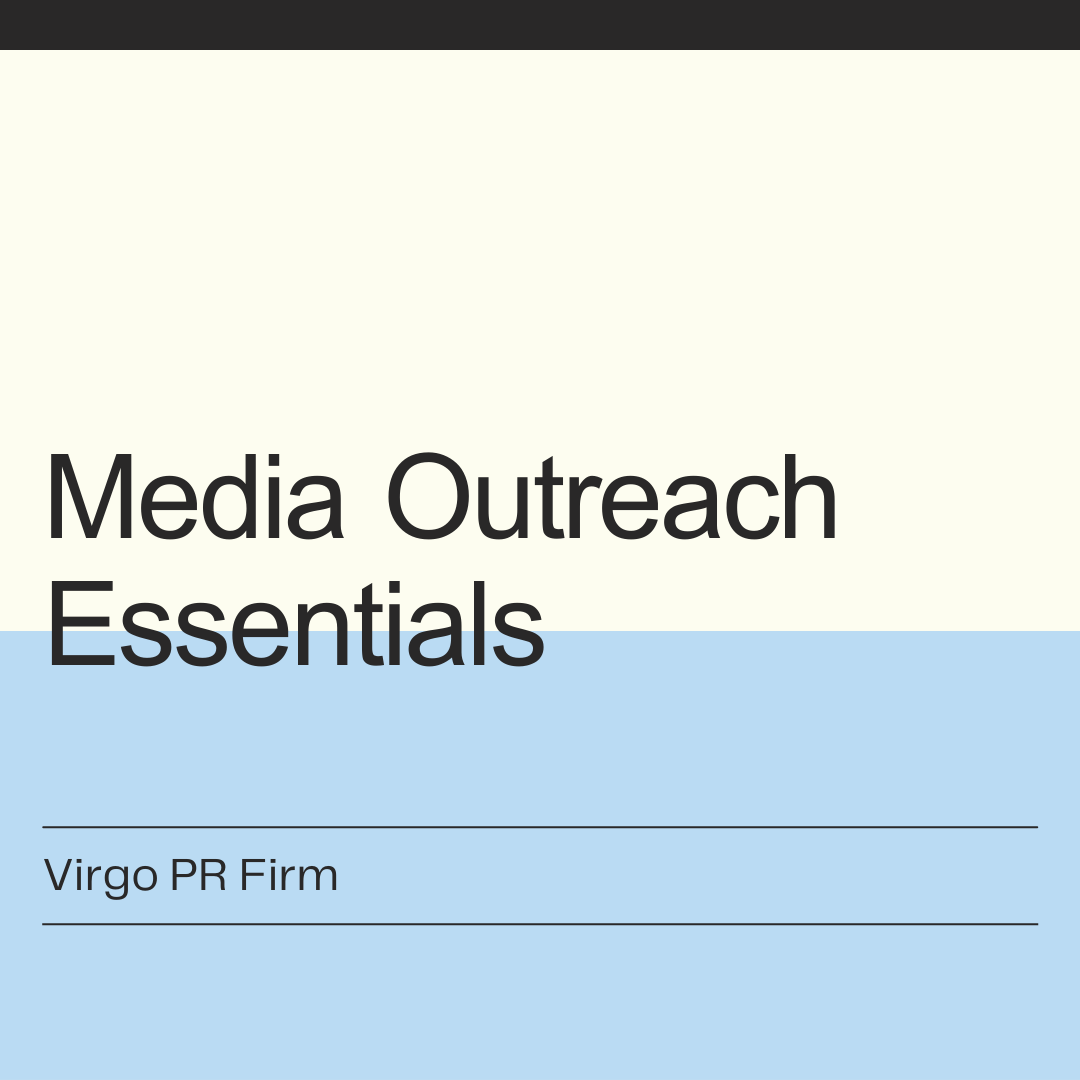Companies these days always need to be accessible to the press and should present themselves to their target audiences as relevant and resourceful.
Specific strategies can help companies generate positive media coverage and increase their reach in the digital space.
These strategies include dedicated press pages with a press kit, social monitoring and listening, and podcasts.
Press Kit
Whether it’s used for an event, an interview, or a press conference, every company needs to have its own press kit on hand. Companies can add various information to their press kits that they deem to be relevant, but there is certain information that every press kit needs to have.
Those essential pieces of info include the background of the company and how it came to be, the story behind the brand, short bios with achievements for the company’s business leaders.
The press kit also needs to have a factsheet about the products or services that the business provides, as well as high-resolution images of those products or services, along with the company’s logo, and lastly, the contact details of the business, or its go-to media spokesperson.
Having a press kit on hand shows that the business is always prepared for anything, and has thought through everything it needs to do. The press kit also needs to be impactful in a way that the media outlets become intrigued by the business and want to learn more about it.
Website Press Page
The press kit can always be printed out to be available on hand, or sent to the journalists or outlets that have requested it via email.
However, the best option these days is for companies to have a separate page on their business website that’s dedicated to hosting and sharing the information that their press kit contains.
A well-organized press page shows that a company is willing to go the extra mile and provide media outlets with all the basic information they need when deciding what to write a story about regarding the business.
On the press page, companies can also include all previous press releases, additional visual assets that the media can use, as well as previous media coverage.
Podcasts
Small business owners are always innovating their niches and industries. They’re always able to leverage their position of innovation to provide industry insights, give others information regarding how to run a business, and discuss current industry affairs and plenty of other topics.
A great way to leverage this type of information is to have the business create its own podcast which is hosted by the business owner. If that’s not an option, another great way is to have the business owner be a guest speaker on industry podcasts that already have a big audience of listeners.
This will help in turning the business, and its owner, into a great contact who has insider knowledge about the industry and its community.
The business can use podcasts to amplify its presence in the digital space and to connect with and attract more consumers.
Social Listening
No matter what a company is publishing in the digital space, it’s always important to monitor the performance of that content.
Another thing that companies need to monitor is what other people and previous consumers are saying in that space about the business and its products.
By doing this monitoring, companies can fully learn the impact that any comments and media coverage have on the target audience, and if necessary, respond to any potentially negative comments that appear.
Mike Paffman is the CEO of Virgo Public Relations.

